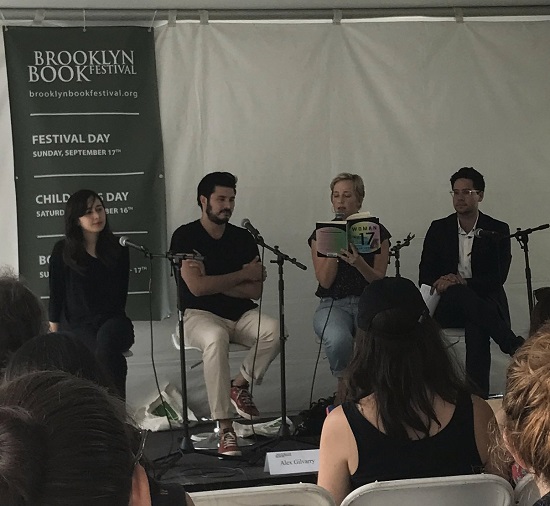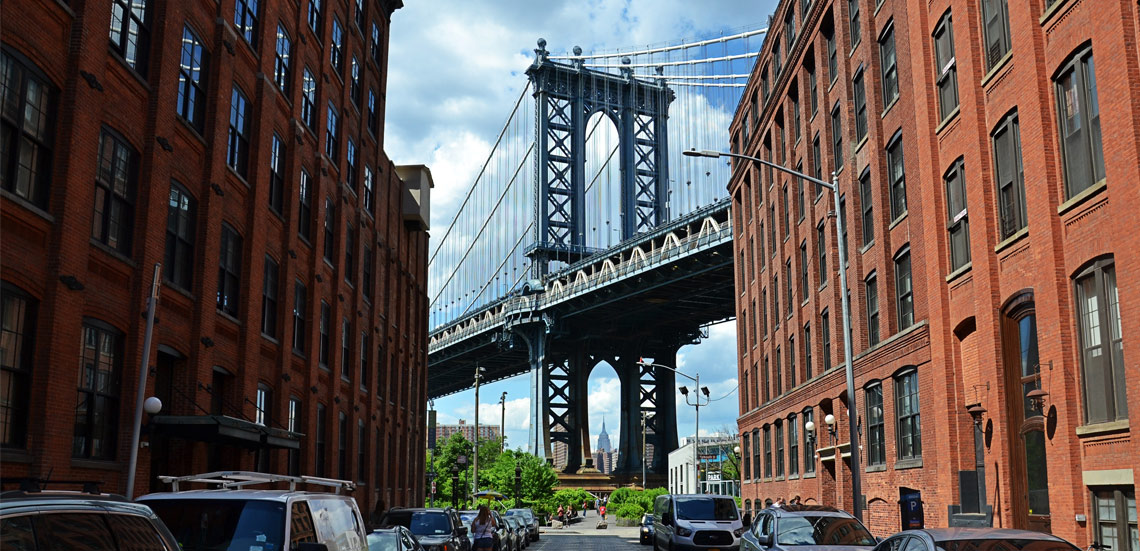Authors Edan Lepucki, Alex Gilvarry and Rowan Hisayo Buchanan discuss life and art at the Brooklyn Book Festival

Artists are always getting a bad rap. They’re difficult to live with, seemingly impossible to understand and often obsessed to a fault with their own work.
But boy, do they make for good literature.
At Brooklyn Book Festival panel on Sunday titled “How Art Informs Life Informs Art,” three fiction writers discussed the reality behind their novels and the type of characters that create the most interesting plots.

Brooklyn Boro
View MoreNew York City’s most populous borough, Brooklyn, is home to nearly 2.6 million residents. If Brooklyn were an independent city it would be the fourth largest city in the United States. While Brooklyn has become the epitome of ‘cool and hip’ in recent years, for those that were born here, raised families here and improved communities over the years, Brooklyn has never been ‘uncool’.